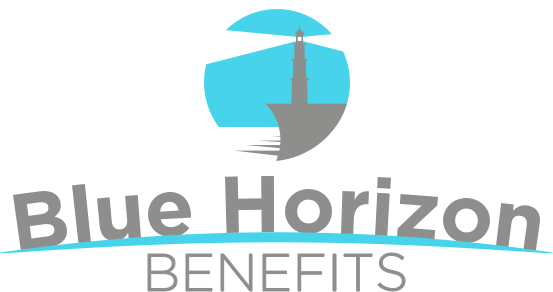Employers Push Preventive Care to Affect Costs, Staff Health
Chronic conditions and overall poor health are a key cost-driver of health care costs, which is hitting the pocketbooks of both individuals and employers.
There are a number of factors that are driving this, including poor lifestyle choices, poor diets, lack of exercise and hereditary issues. But another reason for Americans’ declining overall health is the cost of accessing health care, not keeping up with checkups and vaccinations and having a poor understanding of their health insurance coverage.
Employers are recognizing the effects their employees’ poor health is having on the insurance premiums they and their staff pay, and some are taking it into their own hands to help their workers through various programs that help them better utilize their benefits.
Declining health
Recent research from Arizent, parent company of Employee Benefit News, found that 65% of employers feel their staff are generally healthy, but only 35% of employers with less than 100 workers think the health of their employees has improved over the past few years, which they directly correlate with rising health plan premiums.
The survey also found that 40% of employers have seen an uptick in the use of sick days and medical leave by their staff. This may also be an outgrowth of the COVID-19 pandemic. Since then, managers have generally encouraged staff to stay home if they are ill to avoid spreading the love to other staff members.
“However, increased use of medical leave does hint at more serious health challenges popping up for workers,” the report says. “Moreover, approximately one-third of employers are seeing a rise in disability leave and the overall prevalence of chronic illnesses.”
This suggests that more employees need time off for their health. These may be warning signs of declining health among workers.
Besides taking more sick and leave time off, less healthy workers may also not be as productive, may have greater instances of presenteeism and cause group health premiums to grow.
What employers are doing
Focusing on preventive care — Overall, 89% of employers surveyed are taking steps to control health care costs, with a majority focusing on improving preventive care access. They are incentivizing preventive care in a number of ways, according to the Arizent survey:
- 39% host vaccination sessions at the office,
- 32% host educational talks or webinars about preventive care,
- 31% host disease screenings,
- 28% provide monetary incentives, and
- 26% offer paid time off specifically for primary care appointments.
Efforts are bearing fruit for employers that do the above, with 21% of them saying that the health of their staff has improved over the last few years.
Improving health care literacy — Studies have shown that most group health plan enrollees have a poor understanding of their insurance coverage, and how to use it. Many do not understand what deductibles, copays and coinsurance are and how they work.
Choosing the wrong plan can result in significant out-of-pocket layouts for care, which can further suppress a person’s financial ability to pay for it. Other studies have found that more and more Americans are skipping doctor’s appointments and forgoing necessary care due to the costs and their current health care debts.
The report said that if employers want their workers to pick the best care for the best price, they need to ensure their employees are knowledgeable about their coverage and how to choose the group health plan that best fits their health status. That requires that employers educate their workers better about their benefits.
The takeaway
The Arizent study suggests that by helping and encouraging employees to access prevent care and by educating their staff on their benefits, the efforts can pay off in a healthier workforce, and possibly affect premiums.
Employers may need to invest in educational resources and health care navigation tools to help employees better understand the true cost of their plans, beyond what they are paying in premium.









